Estimated reading time: 6 minutes
Establishment pruning is possibly the most important pruning you’ll ever do for your fruit trees. As the name suggests, it’s all about establishing the tree in the appropriate shape.
You’ll notice we didn’t say the “right” shape.
That’s because the shape you choose for your tree will depend on many things. There’s no one-size-fits-all in the world of fruit trees.
A large proportion of the consultation we do here at Grow Great Fruit is helping people prune their fruit trees. Unfortunately, a lot of it is about how to fix trees that have ended up in a less than useful shape.
That’s usually because people just planted their fruit trees when they brought them home from the nursery, and then didn’t prune them. Or they pruned them without understanding the consequences of the cuts they made.
If we could help everyone to prune their trees correctly from the beginning, we’d have a lot less work to do!
So, what exactly are you trying to establish, and when should you do it?

What are you trying to establish?
Great question!
The first three (or so) years of your fruit tree’s life are all about encouraging the tree to grow what will become its permanent, structural limbs.
Think of it as setting up the framework for your tree. These structural limbs give the tree its shape. They’re intended to be permanent.
Once the tree has grown them, they’re usually not cut or replaced. Your pruning focus will switch to managing the laterals (or side branches) that are growing from each of these structural limbs.
That’s true in an ideal world!
In the real world, structural or framework limbs do occasionally need to be replaced. They may die from disease or break, for example.
If that happens, you need to revert to the principles of establishing those structural branches in the first place to encourage the tree to grow replacements.
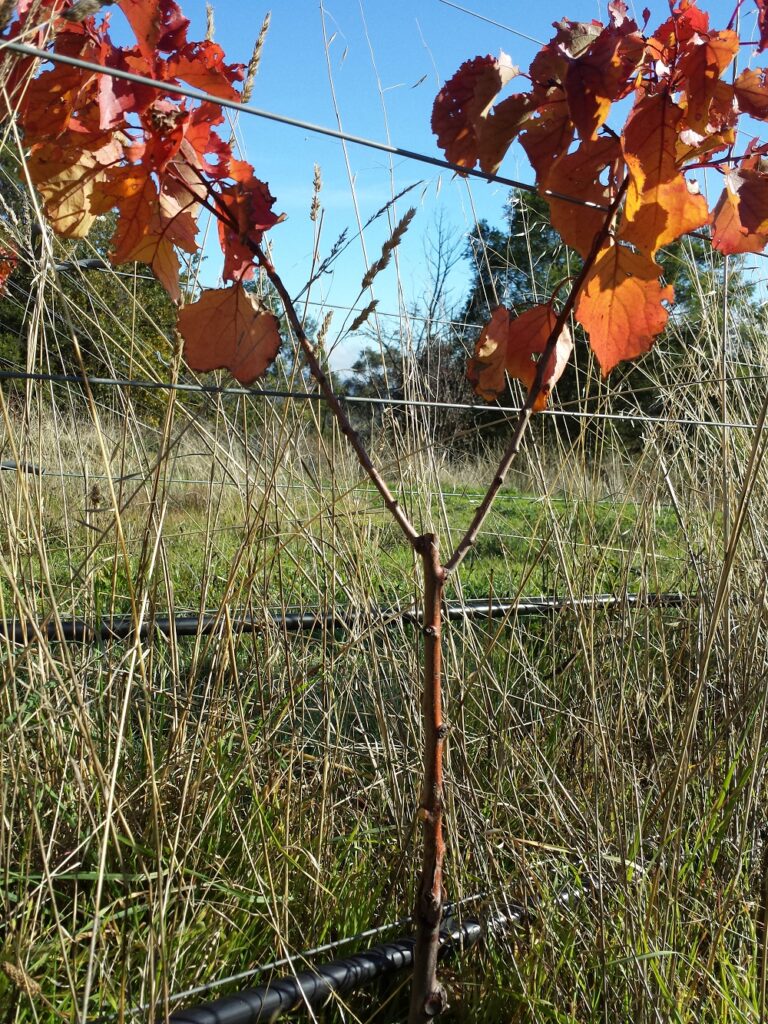
How to establishment prune your tree
It doesn’t really matter what shape you decide you want your tree to be. Some of the more common options are vase and bush. The Pruning Young Fruit Trees short course goes into the pros and cons of 7 different tree shapes (with video instructions).
You may be aiming to espalier the tree, which gives you loads of different options for the ultimate shape of the tree.
You just need to know two things:
- the shape you’re aiming for;
- how to create it.
We prefer to talk about the ‘how’ of pruning by explaining the basic principles rather than following “rules” (which as often as not turn out to be myths or are not applicable).
The relevant principle in this situation is that “heading cuts create branching”.
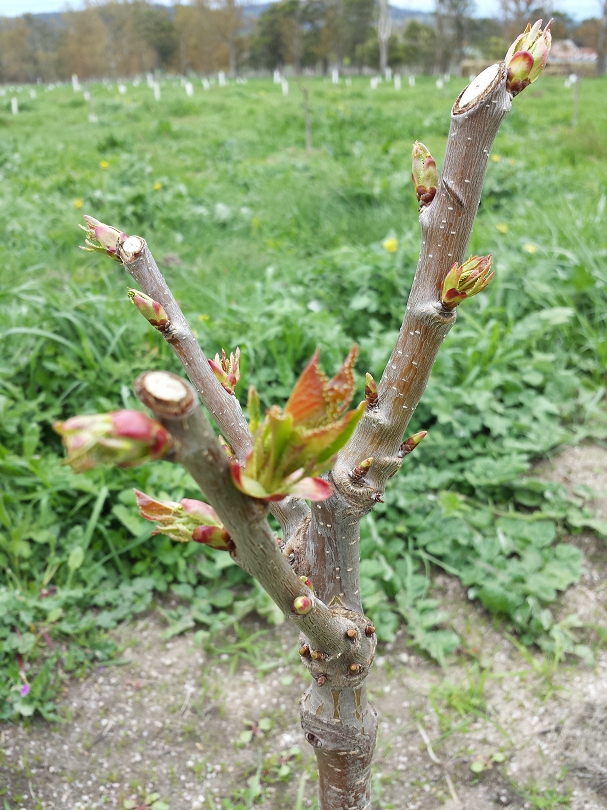
Understanding heading cuts
Heading cuts are any cuts that remove the end of a shoot or limb. The bud on the tip of any shoot is called the “apical” bud, and a heading cut removes this bud.
The result is that the buds directly below the cut are likely to grow into new shoots. That’s a very handy thing to know if you’re trying to create new branches!
The main thing to remember is that the new limbs are likely to grow directly below the heading cut. If you’re trying to set up a vase-shaped tree, for example, the vase usually starts very low in the tree, around knee height.
You can see where we’re going with this, can’t you?
If you want the tree to grow new limbs at knee height, that’s where you need to make the first establishment pruning cuts. If you make those first cuts at the tops of the existing limbs, that’s where the new branches will be established.
Not useful!
How long does the establishment pruning stage last?
If everything goes well, it usually takes from two to four years to set up the structure of your tree. Then you shift from ‘establishment pruning’ to ‘maintenance pruning’.
How do you know?
When you can look at your tree and see the shape you were trying to create (or at least a rough approximation).
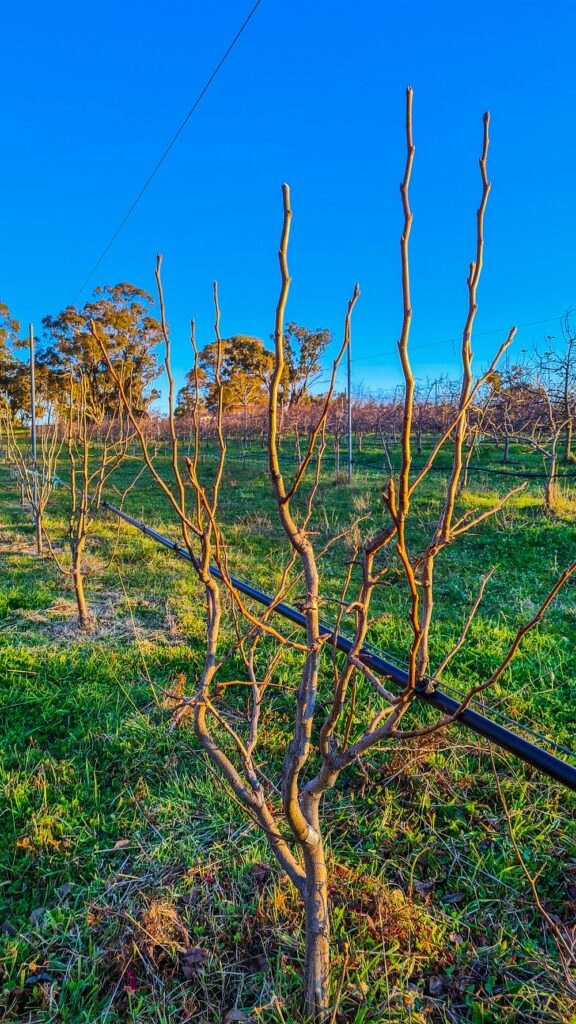
If you’re trying to create a vase-shaped tree with 10 limbs and you can only count 5 in your three-year-old tree, you’re not there yet. However, if the tree has 6 limbs evenly spaced around an open centre, you might decide to call it a lovely vase and say the establishment pruning is done.
That means there’s no need to make any more severe heading cuts to create new limbs. You can start the welcome shift to maintenance pruning, and start letting your tree grow some fruit.
When should you do it?
Establishment pruning starts the day you plant the tree!
Make sure to finish it before spring if, for any reason, you don’t do it on the same day.
The tree will start growing in spring, and you want it to put its energy into growing wood in all the right places, and none of the wrong places!
Related Articles
Taming monster fruit trees with renovation pruning
Learn how to use a technique called renovation pruning to tame large, unpruned, and out-of-control monster fruit trees.
How to plant a fruit tree – the easy way
Everything you need to know about how to plant your new fruit trees to get them off to a great start in life.
How to buy a good fruit tree
Learn how to select a healthy fruit tree when you’re buying from a nursery, to give your trees the best possible start in life.

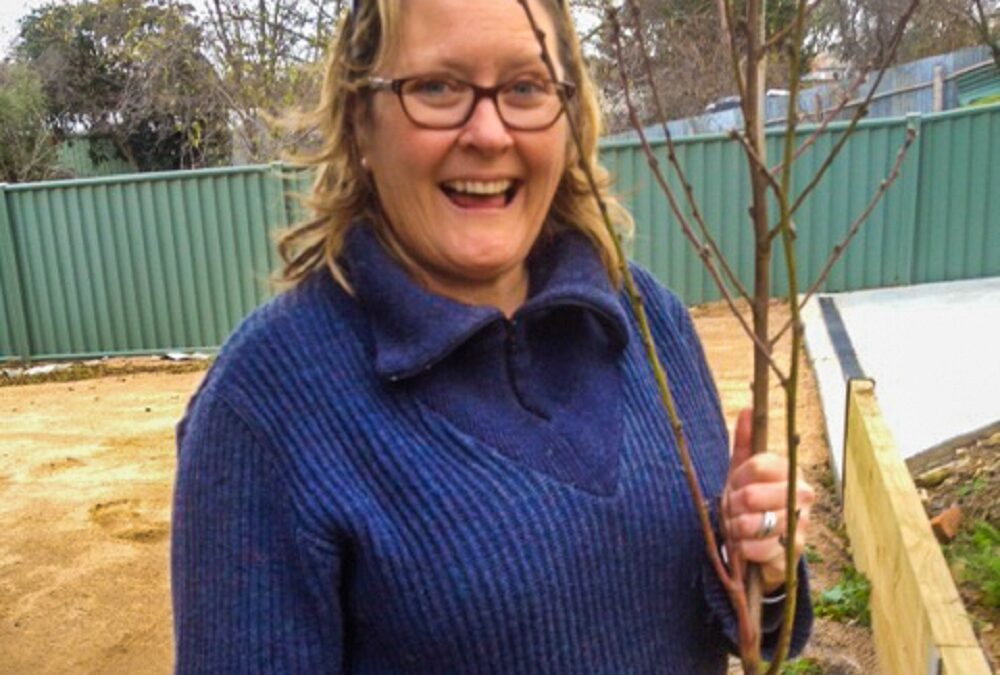

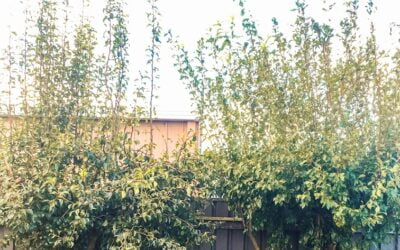




Is it ever too late to do establishment pruning? What if the pruning has been “uneducated” for many years – can I prune the tree into shape or will it be too distressing for the tree?
You can absolutely ‘re-establish’ a tree, but it sounds like you might be describing something we call ‘renovation’ pruning. There are consequences, but sometimes they are great consequences in the long run if they help your tree produce fruit! We have a blog about renovation pruning over here which might help get you started! Meg – GGF team.
It looks like it’s OK to be pretty severe with establishment pruning. Several of my newly planted trees have multiple limbs close together in the centre. I am guessing that potentially I should remove several. Is that right. Also, should I be removing at least some of every branch on a new tree on each one that I intend to become a limb in a vase-shaped pruning?